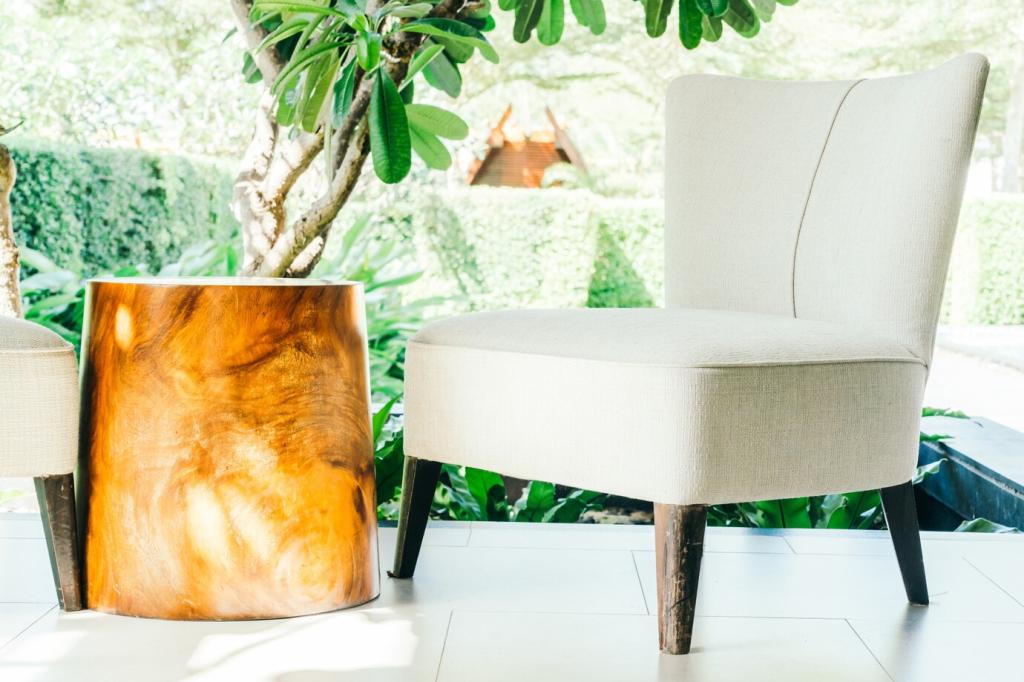Upcycling Techniques for Eco Furniture
Selected theme: Upcycling Techniques for Eco Furniture. Give forgotten materials a second life with practical, beautiful methods that honor the planet. Explore inventive approaches, inspiring stories, and smart, low-impact craftsmanship you can start today—then subscribe to follow every new project.
Foundations of Eco-Friendly Upcycling
Upcycling vs. Recycling: Why It Matters
Recycling breaks materials down; upcycling keeps their embodied energy, character, and craftsmanship intact. By transforming what already exists, you reduce waste, conserve resources, and celebrate history while shaping furniture that feels personal and authentically sustainable.
Life-Cycle Thinking From Day One
Sketch pieces with future repairs in mind, avoid fussy components that fail quickly, and choose finishes that can be refreshed. When design anticipates aging gracefully, your upcycled furniture remains useful, loved, and out of the landfill much longer.
Set a Purpose and a Palette
Define the room, function, and mood before cutting a single board. A clear palette and purpose reduce wasteful detours, guide material choices, and ensure your upcycled piece fits your life instead of gathering dust in a corner.
Sourcing Salvaged Materials Responsibly
Check neighborhood giveaways, deconstruction centers, flea markets, and renovation dumpsters with permission. Doors, bed slats, and hardwood offcuts often hide excellent lumber. Share your best spots with our community and subscribe to trade tips with fellow makers.
Sourcing Salvaged Materials Responsibly
Inspect for rot, pests, and warped boards. Be cautious of old finishes that might contain harmful ingredients, test when uncertain, and use protective gear. A few careful checks now prevent surprise failures halfway through your upcycling project.
Tools and Techniques for Careful Teardown
Use a trim pry bar, mallet, and magnet for ferrous fasteners. Soften stubborn glue with controlled heat, score paint lines before lifting, and label parts. Gentle work saves time and keeps precious materials intact.
Cleaning Without Erasing Character
Vacuum dust, wash with mild soap, rinse lightly, and let pieces sun-dry to reduce odors. Vinegar or baking soda can help, but test discreetly. Preserve beautiful wear patterns; they’re the soul of upcycled furniture.
Surface Prep for Strong Finishes
Begin with medium grit, progress to fine, and stop before patina disappears. Fill holes with sawdust mixed into wood glue, then spot-sand. Preparation isn’t glamorous, but it makes finishes bond beautifully and last longer.

Low-Impact Joinery and Planet-Smart Finishes
Favor screws, dowels, and knock-down hardware that allow future disassembly. Avoid over-gluing; mechanical strength supports repairs and upgrades. Thoughtful joints make upcycled pieces adaptable as your space and needs change over time.
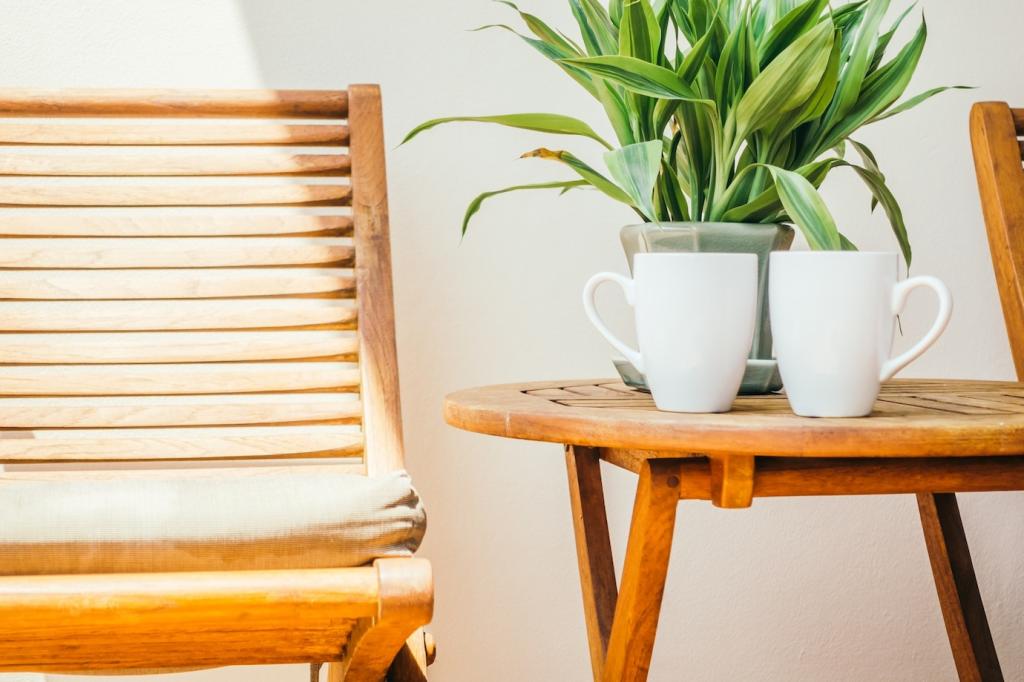
Creative Techniques That Elevate Design
Combine offcuts into mosaic tops, aligning grain directions for strength. Use contrasting species for inlays that tell material stories. A clear, matte finish unifies the surface while honoring every small piece you saved from waste.
Creative Techniques That Elevate Design
Marry reclaimed wood with powder-coated metal bases or salvaged glass shelves. Hybrid designs use each material where it performs best, creating lighter structures that look intentional, modern, and undeniably upcycled in the most elegant way.
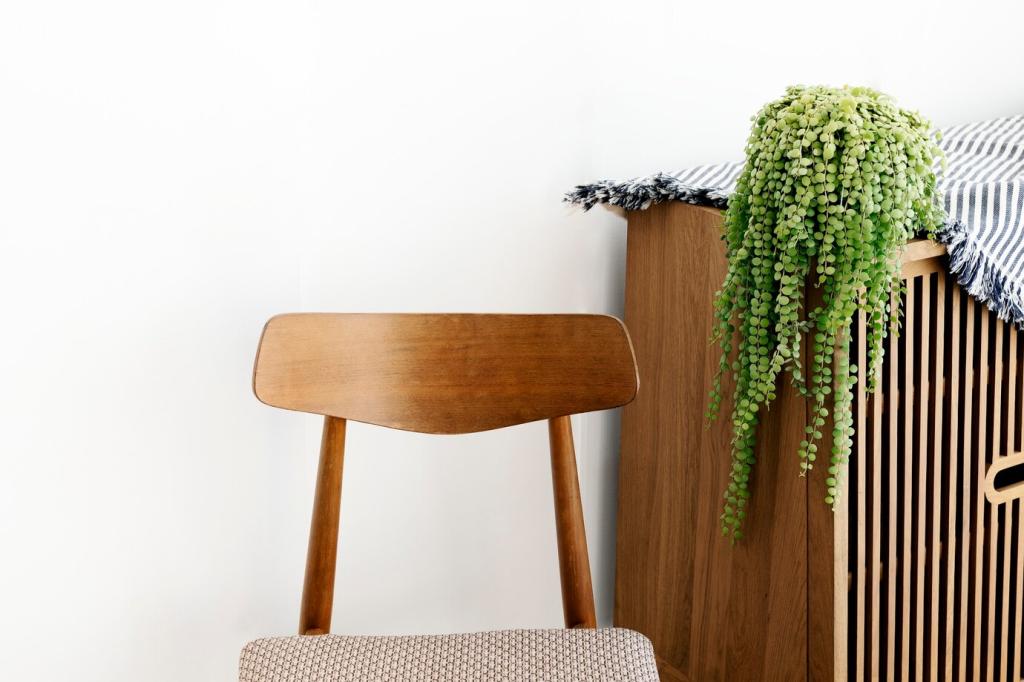
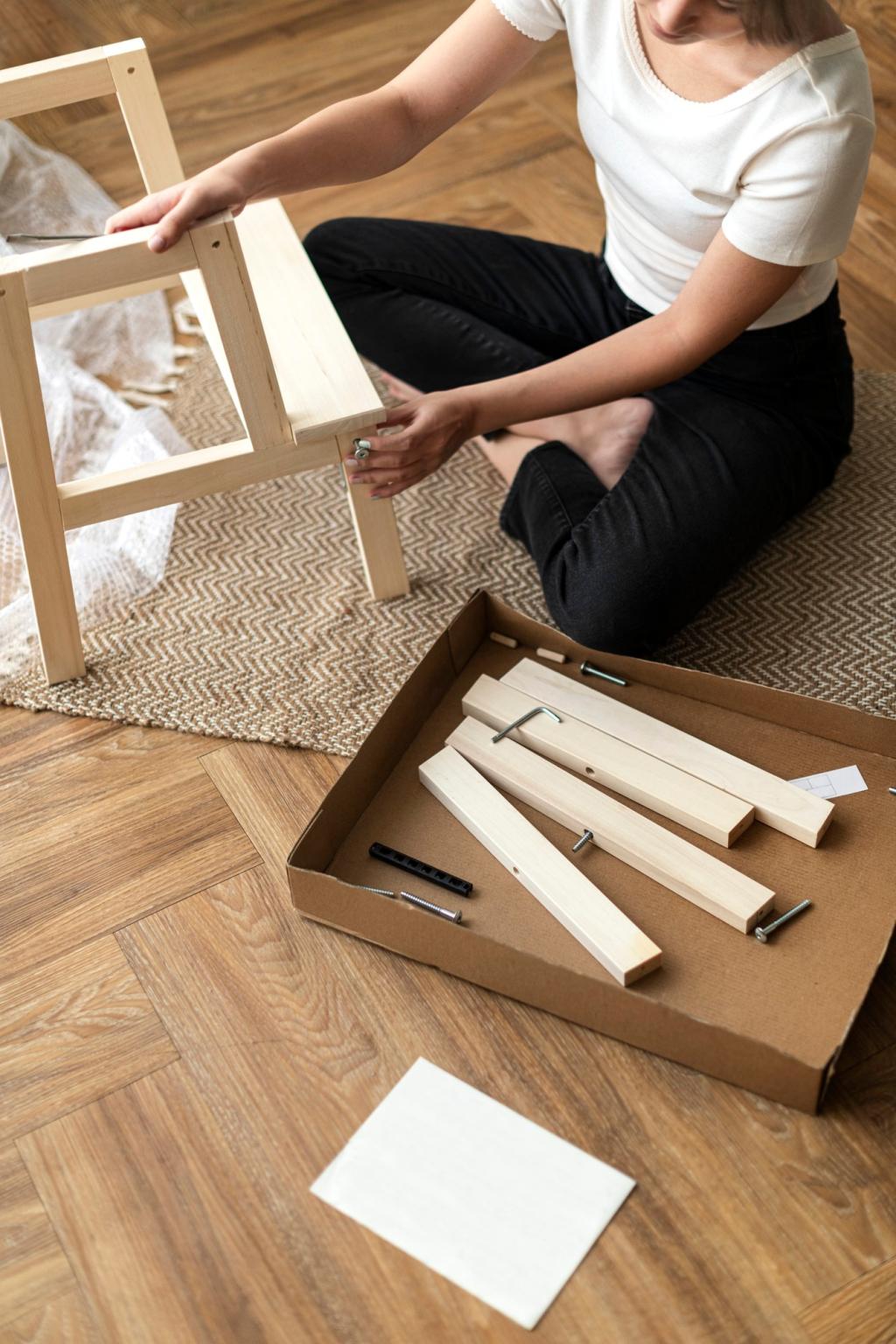
Storytelling, Repairability, and Legacy
Attach a discreet tag noting sources, dates, and care tips. One reader turned a rescued barn door into a headboard and tucked the story beneath; guests ask, smile, and remember the craftsmanship behind it.
Storytelling, Repairability, and Legacy
Choose finishes that can be spot-sanded, keep hardware standardized, and include a tiny repair kit. When something loosens years later, maintenance becomes a pleasant ritual instead of a reason to discard furniture prematurely.
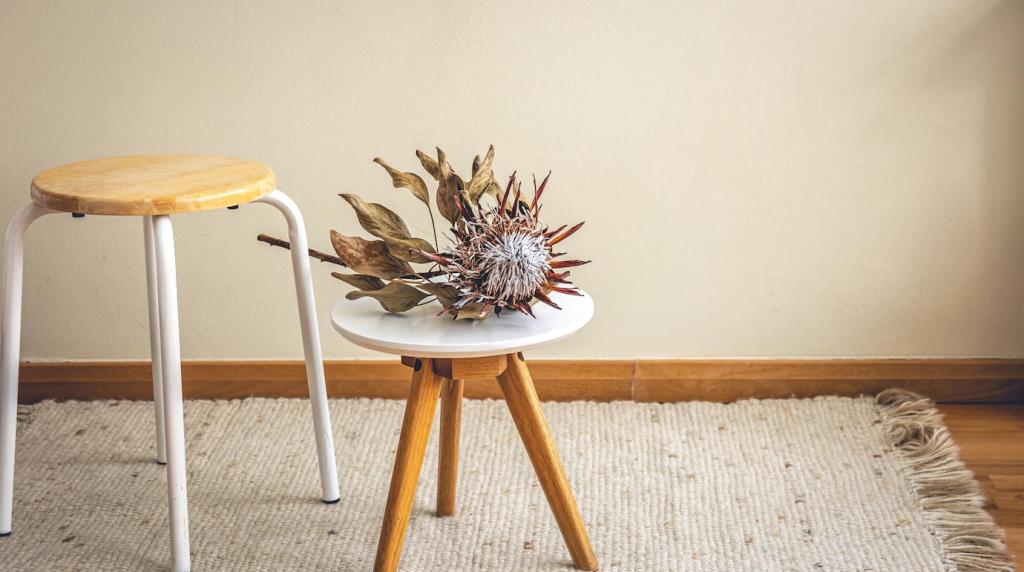
Measuring Impact and Growing Community
Log approximate weights of salvaged materials and note each item’s previous life. Watching totals climb turns good intentions into tangible progress, encouraging bolder projects and smarter material choices across your eco furniture journey.
Measuring Impact and Growing Community
Invite neighbors to exchange offcuts, fix chairs, or learn safe stripping methods. Shared skills reduce mistakes and multiply creativity. Join our newsletter for printable guides, checklists, and prompts for your first community gathering.
